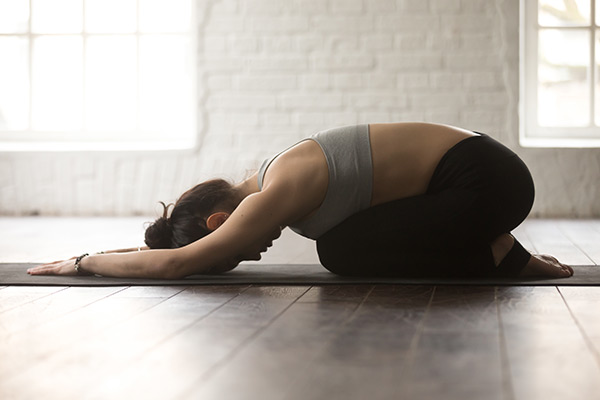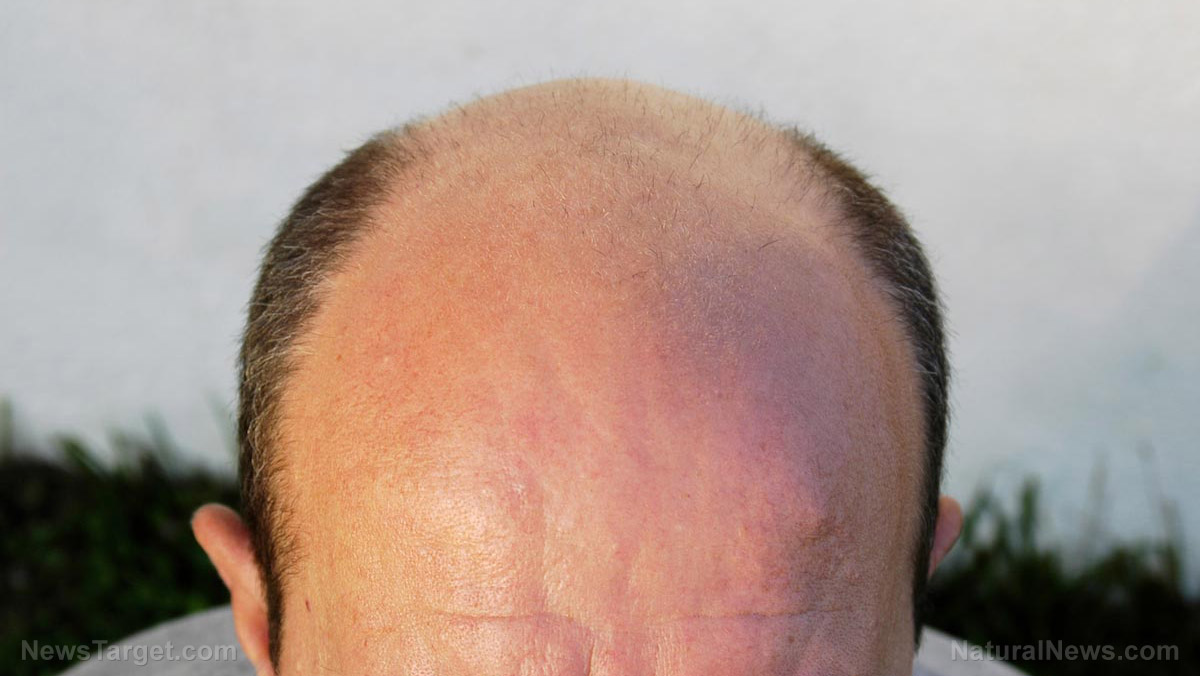 Parler
Parler Gab
Gab
- A recent study found that simple shoulder and upper back stretches, held for about 15 seconds, can lead to a temporary reduction in blood pressure.
- Researchers believe this effect is tied to the activation of the parasympathetic nervous system, the body's "rest and digest" mechanism, which promotes relaxation.
- The physiological response includes a drop in blood pressure without a significant compensatory rise in heart rate, indicating a state of deep bodily calm.
- While not a standalone cure for chronic hypertension, experts champion stretching as a valuable, accessible component of a comprehensive heart-health strategy.
- Proper technique, involving controlled breathing and mindful movement, is crucial to maximize benefits and prevent injury.
The anatomy of calm
The recent investigation, led by Dr. David Benditt and his team at the University of Minnesota Medical School, stumbled upon this connection almost by accident while studying patients who experienced fainting spells. They observed that when participants performed a specific stretch—shrugging and rotating their shoulders while gently extending the neck backward—their blood pressure dipped. Intriguingly, their heart rates did not spike in response, as would typically happen when the body tries to compensate for a sudden pressure drop. This unique combination, a falling pressure without a racing heart, signals a shift in the body’s autonomic nervous system. It is the difference between a car’s engine idling smoothly and it revving loudly to maintain speed on a hill. The body, in that stretched position, physiologically felt secure enough to relax its guard, allowing its internal systems to settle into a more peaceful rhythm. This phenomenon is largely attributed to the awakening of the parasympathetic nervous system. Think of the nervous system as having two opposing departments constantly vying for control. The sympathetic system is the alarm bell, the "fight or flight" response that primes the body for action, tightening muscles, and increasing heart rate and blood pressure. Its counterpart, the parasympathetic system, is the all-clear signal, the "rest and digest" mode that encourages the body to conserve energy, slow the heart, and relax blood vessels. Dr. Aubrey Grant, a sports cardiologist at MedStar Health, explains that stretching serves as a direct request to the brain to engage this calming network. "This reduces sympathetic nervous system activity, which is commonly elevated in people with high blood pressure," Grant says. The simple mechanical act of stretching a muscle seems to send a neurological telegram up the spinal column, a message that it is safe to stand down, prompting blood vessels to widen and circulation to improve, thereby easing the pressure within.A historical posture of health
The relationship between posture and well-being is not a new concept, though its connection to cardiovascular health adds a new layer of understanding. For centuries, cultural and medical wisdom has intuitively linked physical carriage to internal state. The military drill sergeant barks orders to stand straight, understanding that a rigid spine projects discipline and alertness. Eastern practices like yoga and Tai Chi, with histories spanning thousands of years, have long woven together specific bodily postures, breath control, and the pursuit of internal harmony. These ancient disciplines were built on the premise that the body's geometry influences the flow of energy and vitality. Modern science is now beginning to quantify what these traditions held as fundamental truth: that the way we hold our bodies can directly shape our physiological reality. This is where the importance of maintaining good posture, especially while sitting or standing, becomes critically relevant. Proper sitting, which involves keeping the shoulders back, the knees slightly higher than the hips, and the feet flat on the ground, is not merely about avoiding an achy back. It is about creating a skeletal framework that allows the body’s internal systems to function with minimal strain. When we slouch, we compress the thoracic cavity, potentially hindering lung capacity and forcing the heart to work harder to circulate blood. Conversely, standing correctly with a slight forward curve in the lower back, known as the lumbar lordosis, helps distribute weight evenly and alleviates stress on the entire musculoskeletal and vascular system. In this context, a targeted back stretch becomes a corrective reset, a deliberate interruption of the poor postural habits that modern life encourages, realigning the body to facilitate not just muscular ease, but also cardiovascular efficiency.Weaving a new thread into the fabric of heart health
For individuals navigating the challenges of chronic high blood pressure, or hypertension, this research offers a gentle, supplemental tool rather than a miracle cure. The blood pressure reductions observed in the study were transient, a fleeting sigh of relief for the circulatory system. Dr. Benditt is quick to note that these brief dips "probably do not impact long-term blood pressure control" on their own. However, cardiologists like Dr. Jossef Amirian point to broader evidence, such as studies on yoga, which demonstrate that consistent practice involving stretching can yield more sustained benefits. One such study, published in 2021, found that a dedicated eight-week stretching regimen was more effective than brisk walking at reducing blood pressure in people with high-normal readings. The true power of stretching, therefore, may lie in its role as a gateway habit and a stress-management technique. In a world that often feels perpetually stuck in "fight or flight," finding accessible ways to trigger "rest and digest" is a public health imperative. Grant articulates this holistic approach, stating, "I regularly recommend stretching as part of a broader lifestyle approach that includes physical activity, a heart-healthy diet, stress management, and medication when appropriate." For someone who is largely sedentary or faces mobility challenges, the act of stretching is a low-barrier entry back into the world of movement. It requires no special equipment, no gym membership, only a few moments of intention. When paired with deep, diaphragmatic breathing—inhaling slowly through the nose and exhaling even more slowly through the mouth—the effect is amplified, helping to reduce cortisol levels and encourage blood vessels to dilate. This combination of movement and mindful breath creates a small sanctuary of calm in a hectic day, a personal ritual that tells the body, in no uncertain terms, that it is safe to relax. And in that relaxation, the heart finds a moment of much-needed reprieve. Sources include: EverydayHealth.com Pubmed.gov Pubmed.govNew research debunks youth obsession, points to 60 as the pinnacle of human functioning
By Ava Grace // Share
“Regenesis” on BrightU: Experts discuss malignant cells and the gut health crisis
By Jacob Thomas // Share
The metabolic countdown: Scientists identify a critical window to halt accelerated brain aging
By Willow Tohi // Share
The global dinner plate: A new prescription for health stirs old debates
By Ava Grace // Share
Oncologists want you to avoid these FIVE FOODS to prevent colon cancer
By Lance D Johnson // Share
Censored.news Now Intelligently Analyzes Emerging News Trends Across 77+ Heavily-Censored News Sites
By healthranger // Share
Oncologists want you to avoid these FIVE FOODS to prevent colon cancer
By ljdevon // Share
Back stretches reduce stress and temporarily lower your blood pressure
By ljdevon // Share
Single serving of beans found to boost vascular function
By newseditors // Share








